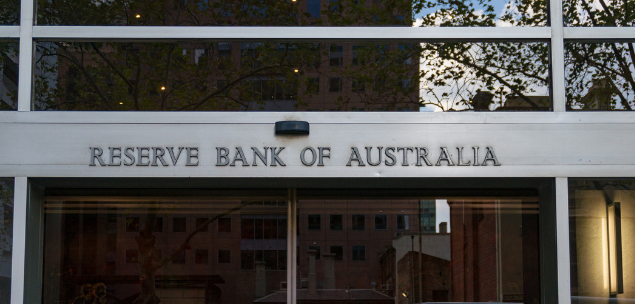Analysts are increasingly confident the RBA will move rates for the first time since August 2016 on Tuesday in a bit to reignite stalling economic growth.
The Reserve Bank cash rate could change for the first time in nearly three years this week with a cut to a new record low a real possibility after inflation unexpectedly ground to a halt.
As the glow from April’s buoyant employment data fades, analysts are increasingly confident the RBA will move rates for the first time since August 2016 at Tuesday’s board meeting.
The hope is that a cut from the long-standing record low of 1.5 per cent to an even lower 1.25 per cent could reignite stalling economic growth.
The RBA has been reticent to turn explicitly dovish despite slowing domestic momentum, falling housing prices, and growing downside risks to the outlook, UBS analysts said.
But the firm said last month’s inflation evaporation could tip the central bank over the edge at its last meeting before the federal election and force a move for the first time in 33 months.
“The RBA noted one rate cut scenario would likely be appropriate where inflation did not move any higher and unemployment trended up,” UBS analysts said in a note.
“While the unemployment rate remains steady, given their forecast revisions, to keep inflation targeting credibility, we think the RBA are likely to feel ‘compelled’ to cut 25 basis percentage points in May and August.”
Annual inflation slowed to 1.3 per cent for the 12 months to March 31 after the consumer price index showed zero growth in the quarter, increasing the likelihood of a cut despite an uptick in full time employment in March.
The futures market had already priced in at least one rate cut before the end of 2019, with many economists predicting two 0.25 percentage point cuts.
The rate, which reflects what the central bank charges commercial banks on overnight loans and influences all other interest rates, was last cut in August 2016 and hasn’t been hiked since November 2010. A cut would be the first under first central bank governor Philip Lowe.
Saxo Bank’s Australian markets strategist Eleanor Creagh said stagnant wage growth meant income growth for the average person had not been enough to offset the negative wealth effect of plummeting house prices.
“Private consumption is a big driver behind the Australian economy and historically represents around 60 per cent of the GDP,” Ms Creagh said.
“This means the outlook for household spending is very important in determining the future path of the Australian economy.”
Capital Economics’ Australian and New Zealand team said an expected slackening of the labour market could push the rate as low as 0.75 per cent by the end of the year.
“The labour market has yet to show clear signs of weakening… but the board’s confidence in its forecast that the unemployment will end next year lower than it is now is shrinking,” Capital Economics said in a note.
The rates decision will be announced at 14:30 AEST on Tuesday.
By: Alex Druce Source: AAP

